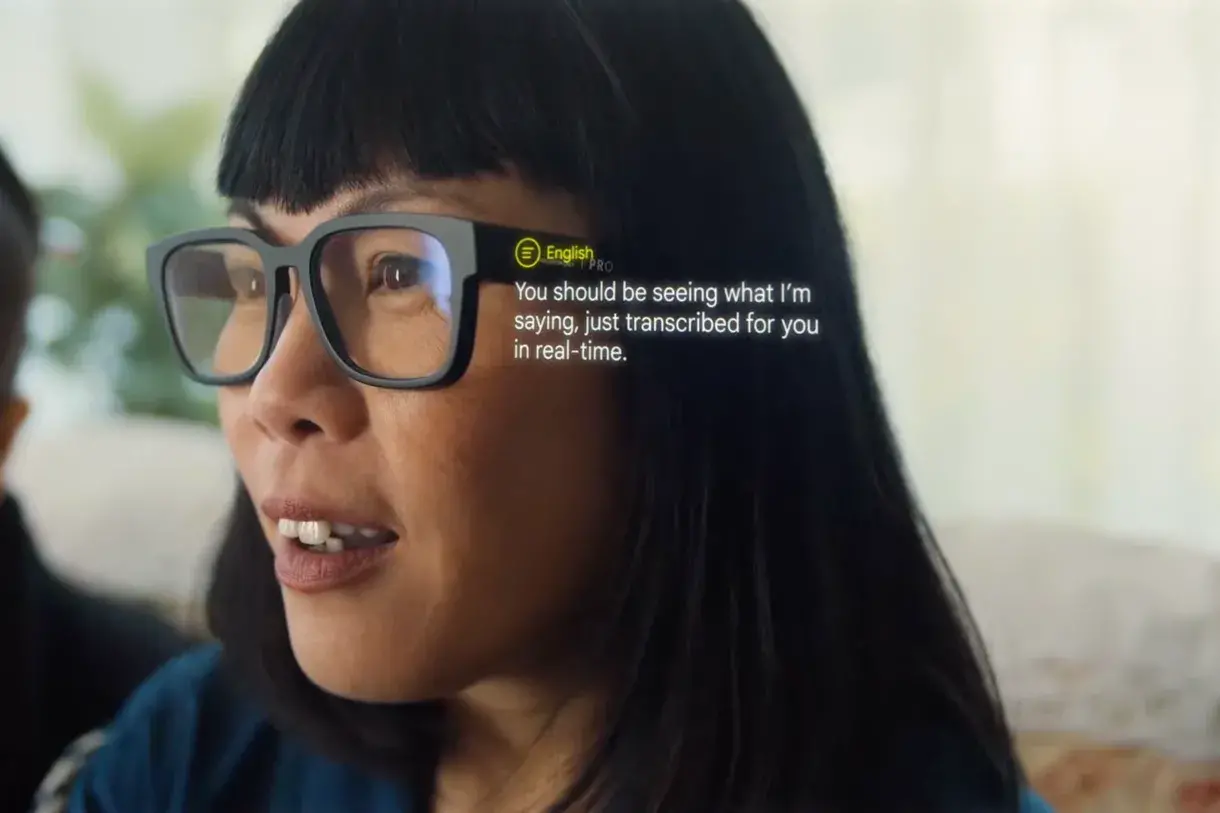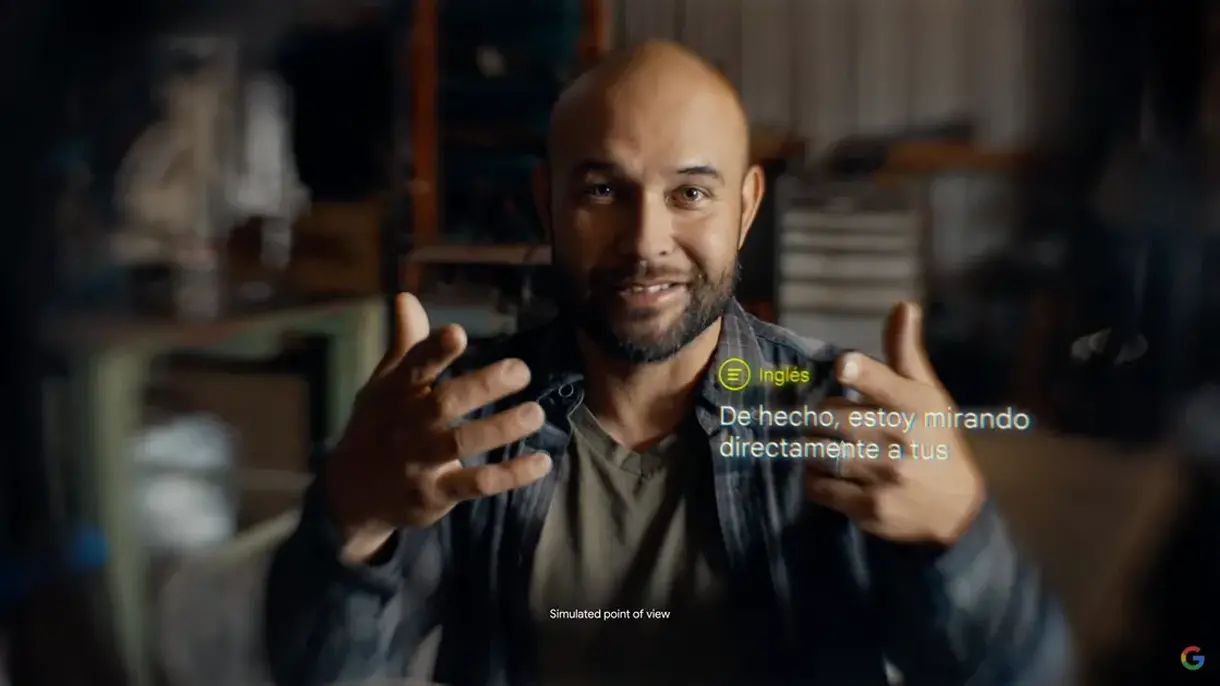At the end of the I / O keynote speech that ended this morning, Google showed the latest ar glasses. Adhering to the concept of "build to help", this ar glasses can provide great help to patients with visual impairment. The key function is to convert the things in front of you into voice that supports natural language.


Although a large number of people in Silicon Valley are investing heavily to make ar glasses a reality, so far, no one has proposed a real ar "killer" application to let you ignore the various privacy problems inherent in this technology. Real time oral translation will certainly be a killer function.
The company didn't share any details about when they were available, only showed them in a recorded video that didn't actually show the display or how you would interact with them. But the content shown in the video depicts a very cool picture of the potential future of AR.
In one presentation, a Google product manager told people wearing glasses, "you should see what I'm talking about, just transcribe it for you in real time -- a bit like the subtitles of the world.". Later, the video shows what you might see if you wear this pair of glasses: the speaker is in front of you and the translated language appears in your sight in real time.
At present, it is unclear what changes this concept product will make when it is converted into real goods, and how the specific effect will be. This concept product may be the product of project iris reported in January, but it does not rule out the possibility of other projects.
In the keynote speech, Google CEO Sundar Pichai emphasized the company's attention to ar. According to what he said, the company seems to believe that AR can exist in many places that smart phones cannot achieve.
Looking forward to the future, there is a new computing field, which may expand all these further, which is augmented reality. At Google, we have invested heavily in this area. We have built augmented reality technology in many Google products, from Google lens to multi search, scene exploration, and real-time and immersive views in maps.